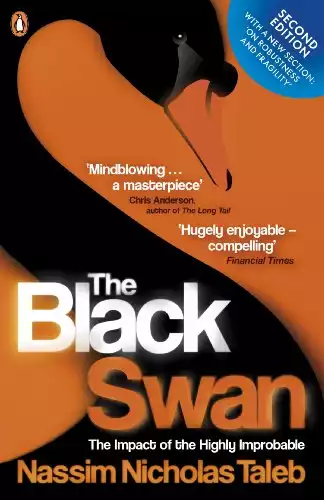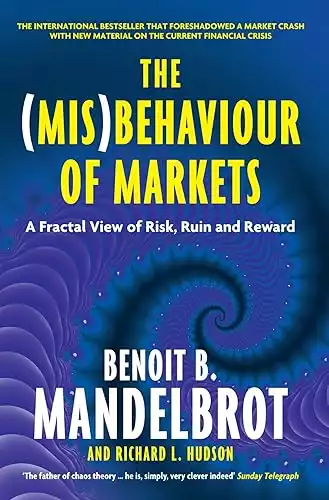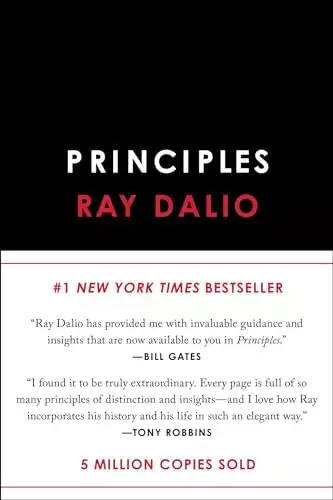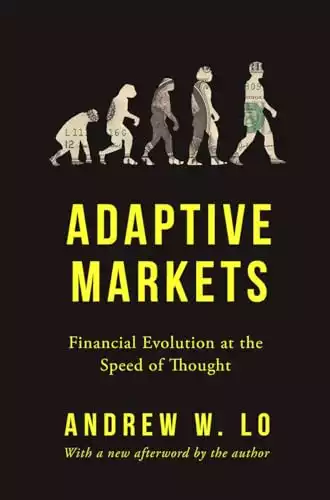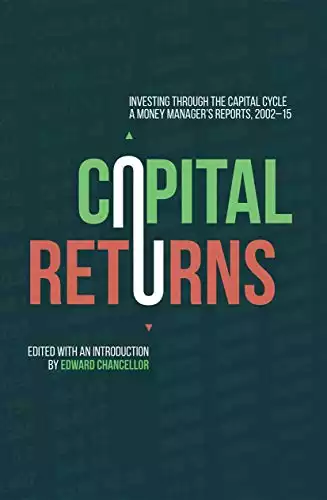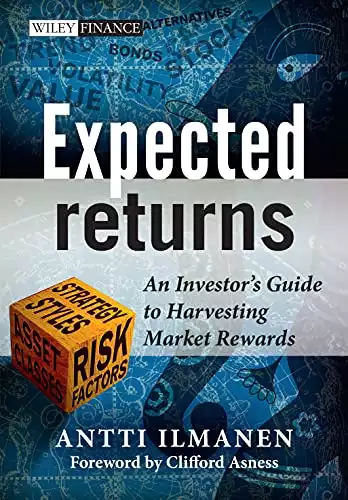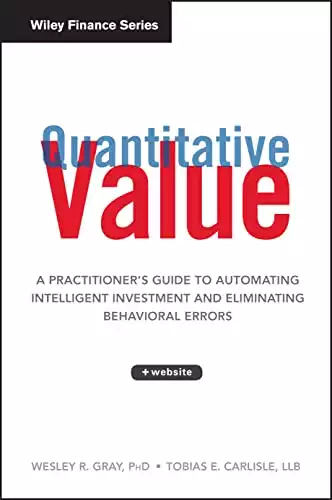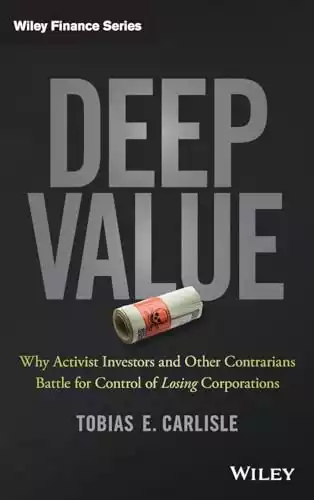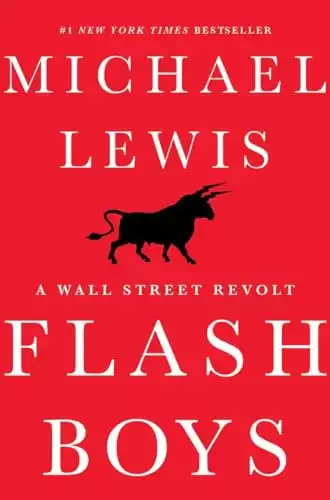Read the post in pdf format
Introduction
For seasoned investors looking to refine their expertise and delve into advanced strategies, these top 10 investment books provide deep insights and sophisticated approaches to navigating the financial markets. These reads will challenge your understanding and help you master complex investment concepts.
1. The Black Swan: The Impact of the Highly Improbable by Nassim Nicholas Taleb
Book Summary
Taleb explores the concept of "Black Swan" events—rare and unpredictable occurrences that have massive impacts—and how they shape financial markets and investment strategies.
Key Takeaways
- Recognize the significance of rare, unpredictable events.
- Understand the limitations of traditional risk models.
- Embrace strategies that account for uncertainty and volatility.
Why It's Recommended
Recommended for its profound insights into risk, uncertainty, and the limitations of predictive models in finance.
Quote
“Black Swan logic makes what you don't know far more relevant than what you do know.”
2. The Misbehavior of Markets: A Fractal View of Financial Turbulence by Benoit B. Mandelbrot and Richard L. Hudson
Book Summary
Mandelbrot challenges traditional financial theories with his fractal analysis of markets, offering a new perspective on market volatility and risk.
Key Takeaways
- Understand fractal geometry and its application to financial markets.
- Recognize the limitations of conventional financial theories.
- Embrace a new approach to analyzing market behavior and risk.
Why It's Recommended
Recommended for its innovative approach to understanding market behavior and its critique of traditional financial models.
Quote
“Markets are turbulent, complex, and largely unpredictable, but they are not completely unknowable.”
3. Principles: Life and Work by Ray Dalio
Book Summary
Ray Dalio, founder of Bridgewater Associates, shares his principles for success in life and work, including his unique approach to investing and managing risk.
Key Takeaways
- Learn Dalio’s principles for effective decision-making.
- Understand the importance of radical transparency and open-mindedness.
- Gain insights into risk management and portfolio construction.
Why It's Recommended
Recommended for its practical wisdom from one of the world's most successful investors and its emphasis on principles that guide successful investing.
Quote
“Pain + Reflection = Progress.”
4. The Dao of Capital: Austrian Investing in a Distorted World by Mark Spitznagel
Book Summary
Spitznagel integrates Austrian economic theory with practical investing strategies, offering a unique approach to navigating distorted financial markets.
Key Takeaways
- Understand Austrian economic principles and their application to investing.
- Learn strategies for navigating distorted markets.
- Emphasize the importance of patience and long-term thinking.
Why It's Recommended
Recommended for its unique integration of economic theory and practical investing strategies, providing a fresh perspective on market behavior.
Quote
“The best strategy is to make the least amount of mistakes.”
5. Adaptive Markets: Financial Evolution at the Speed of Thought by Andrew W. Lo
Book Summary
Lo presents the Adaptive Markets Hypothesis, blending insights from evolutionary biology, psychology, and finance to explain market behavior.
Key Takeaways
- Understand the Adaptive Markets Hypothesis.
- Learn how markets evolve and adapt over time.
- Gain insights into the intersection of biology, psychology, and finance.
Why It's Recommended
Recommended for its innovative and interdisciplinary approach to understanding market behavior and its implications for investment strategies.
Quote
“Markets are not always efficient, but they are adaptive.”
6. Capital Returns: Investing Through the Capital Cycle by Edward Chancellor
Book Summary
Chancellor explores the capital cycle approach to investing, focusing on how changes in capital allocation affect investment opportunities and market performance.
Key Takeaways
- Understand the capital cycle theory.
- Learn how capital allocation influences market dynamics.
- Gain insights into identifying investment opportunities through capital cycle analysis.
Why It's Recommended
Recommended for its detailed exploration of the capital cycle theory and its practical applications for identifying investment opportunities.
Quote
“Capital cycle analysis focuses on the supply side of the equation, rather than the demand side.”
7. Expected Returns: An Investor's Guide to Harvesting Market Rewards by Antti Ilmanen
Book Summary
Ilmanen provides a comprehensive guide to understanding and forecasting expected returns across different asset classes and investment strategies.
Key Takeaways
- Learn how to forecast expected returns.
- Understand the drivers of returns across different asset classes.
- Gain insights into constructing diversified portfolios.
Why It's Recommended
Recommended for its thorough analysis of expected returns and its practical guidance on building diversified investment portfolios.
Quote
“The most consistent way to achieve high long-term returns is to accept short-term volatility.”
8. Quantitative Value: A Practitioner’s Guide to Automating Intelligent Investment and Eliminating Behavioral Errors by Wesley R. Gray and Tobias E. Carlisle
Book Summary
Gray and Carlisle combine quantitative analysis with value investing principles, offering a systematic approach to stock selection and portfolio management.
Key Takeaways
- Understand the principles of quantitative value investing.
- Learn how to automate investment decisions.
- Eliminate behavioral errors in investment processes.
Why It's Recommended
Recommended for its integration of quantitative methods and value investing principles, providing a systematic approach to stock selection.
Quote
“Good investing is about finding the intersection between the quantitatively cheap and the qualitatively good.”
9. Deep Value: Why Activist Investors and Other Contrarians Battle for Control of Losing Corporations by Tobias E. Carlisle
Book Summary
Carlisle explores deep value investing, focusing on how contrarian investors identify and capitalize on undervalued companies facing significant challenges.
Key Takeaways
- Understand the principles of deep value investing.
- Learn how to identify undervalued companies.
- Gain insights into the strategies of activist investors.
Why It's Recommended
Recommended for its deep dive into contrarian investing and its practical strategies for identifying and profiting from undervalued companies.
Quote
“The best investments are often those that are hardest to buy.”
10. Flash Boys: A Wall Street Revolt by Michael Lewis
Book Summary
Lewis investigates the rise of high-frequency trading (HFT) on Wall Street, exposing how it impacts markets and the challenges it poses to traditional investors.
Key Takeaways
- Understand the mechanics and impact of high-frequency trading.
- Learn about the challenges HFT poses to traditional investors.
- Gain insights into the regulatory and ethical issues surrounding HFT.
Why It's Recommended
Recommended for its investigative approach to high-frequency trading and its implications for market fairness and transparency.
Quote
“The market was rigged.”
Conclusion
These books offer advanced strategies and insights that can help experienced investors refine their skills and navigate the complexities of the financial markets. Dive into these reads to enhance your understanding and master sophisticated investment concepts.

